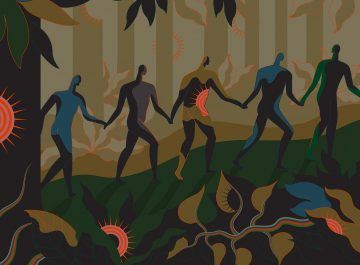Megan Scudellari in Nature:
 To end the pandemic, the virus must either be eliminated worldwide — which most scientists agree is near-impossible because of how widespread it has become — or people must build up sufficient immunity through infections or a vaccine. It is estimated that 55–80% of a population must be immune for this to happen, depending on the country11.
To end the pandemic, the virus must either be eliminated worldwide — which most scientists agree is near-impossible because of how widespread it has become — or people must build up sufficient immunity through infections or a vaccine. It is estimated that 55–80% of a population must be immune for this to happen, depending on the country11.
Unfortunately, early surveys suggest there is a long way to go. Estimates from antibody testing — which reveals whether someone has been exposed to the virus and made antibodies against it — indicate that only a small proportion of people have been infected, and disease modelling backs this up. A study of 11 European countries calculated an infection rate of 3–4% up to 4 May12, inferred from data on the ratio of infections to deaths, and how many deaths there had been. In the United States, where there have been more than 150,000 COVID-19 deaths, a survey of thousands of serum samples, coordinated by the US Centers for Disease Control and Prevention, found that antibody prevalence ranged from 1% to 6.9%, depending on the location13.
…It’s unlikely that there will never be a vaccine, given the sheer amount of effort and money pouring into the field and the fact that some candidates are already being tested in humans, says Velasco-Hernández. The World Health Organization lists 26 COVID-19 vaccines currently in human trials, with 12 of them in phase II trials and six in phase III. Even a vaccine providing incomplete protection would help by reducing the severity of the disease and preventing hospitalization, says Wu. Still, it will take months to make and distribute a successful vaccine.
More here.
